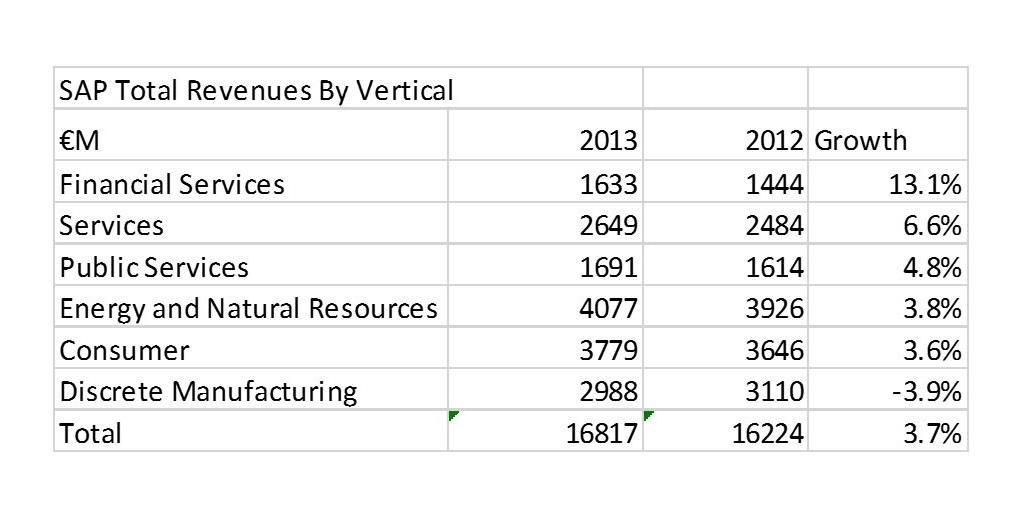On the eve of its biggest annual customer conference, SAP announced the Industry Cloud strategy with the goal of sustaining its momentum in the Cloud applications market. The announcement covered a range of products designed specifically for verticals such as insurance, chemicals, retail and high-tech manufacturing.
New Cloud products include the SAP Circular Authority for Insurance application, a cloud-based solution for tracking, interpreting and analyzing Insurance Service Office (ISO) circulars. Another is a chemical-company-in-a-box solution that delivers pre-configured ERP applications for chemical makers via the Cloud.
Forthcoming products will include a cloud-based student information system being developed with partners including universities around the world as well as a Cloud-based product registration application for semiconductor companies enabling tighter collaboration among chip makers, original design manufacturers and VARs.
The Industry Cloud kickoff followed SAP’s decision to drive greater adoptions of its core and best-of-breed applications via Cloud delivery, which covers three models including Public Cloud, Hybrid Cloud and Managed Services.
The majority of SAP Cloud applications customers(about 9,000 according to our latest estimate) are running products like SuccessFactors for talent management and Ariba for eProcurement. The Industry Cloud initiative could vastly expand that base given SAP’s extensive reach into its 21 target verticals from aerospace and defense to wholesale and distribution.
Currently SAP has an estimated 37 million Cloud applications users, compared with 35 million it reached in early 2014. The April 2014 SAP’s acquisition of Fieldglass for contingent workforce management added over 250 customers and more than two million users to its Cloud installed base.
SAP is counting on two trends that will lift the number of Cloud applications users. During the Monday analyst event, SAP demonstrated a use case whereby a field service organization leveraging Google Glass and industry applications to handle such mundane tasks as preventive maintenance for a utility company like fixing a power transformer in a football stadium, a mundane task that is being carried out by armies of field workers every day around the world.
The second catalyst lies in overhauling SAP applications with the help of new technologies such as Fiori, which offers an attractive user interface. Christoph Behrendt, Senior Vice President Application Innovation, Head of Suite and Industry Platform of SAP, showed the seamless integration of Fiori into new industry apps that now sport a tile user interface that is easy to use and fun to collaborate in a group setting.
Simon Paris, who now heads the SAP Industry Cloud initiative, said the use of Cloud applications will become pervasive across its four strategic industries, which include banking and financial services, retail, public services and healthcare. All of them have grown rapidly through the years as SAP continued to expand into services-based industries.
For example, SAP Banking and Financial Services saw a 13% growth in revenues in 2013 after consolidating a number of products including those for insurance as well as its 2010 acquisition of Sybase, which brought with it Financial Fusion applications for Internet Banking, as shown in the following graphic.

Despite the Cloud push at the industry level, SAP applications being used across its target verticals are mostly on-premise implementations and they are likely to remain so for the time being.
A breakout session highlighted recent successes of SAP Banking solutions with customers deploying and taking the products go-live were mostly limited to on-premise implementations with some of their decisions being made years earlier before the current wave of Cloud adoptions kicked in.
The bottom line remains that the SAP Cloud push remains heavily dependent on the twin engines – SuccessFactors and Ariba and it could take years before Cloud-based industry applications become the products of choice for some of the verticals that it targets.


